SUMMARY
This is AI generated summarization, which may have errors. For context, always refer to the full article.
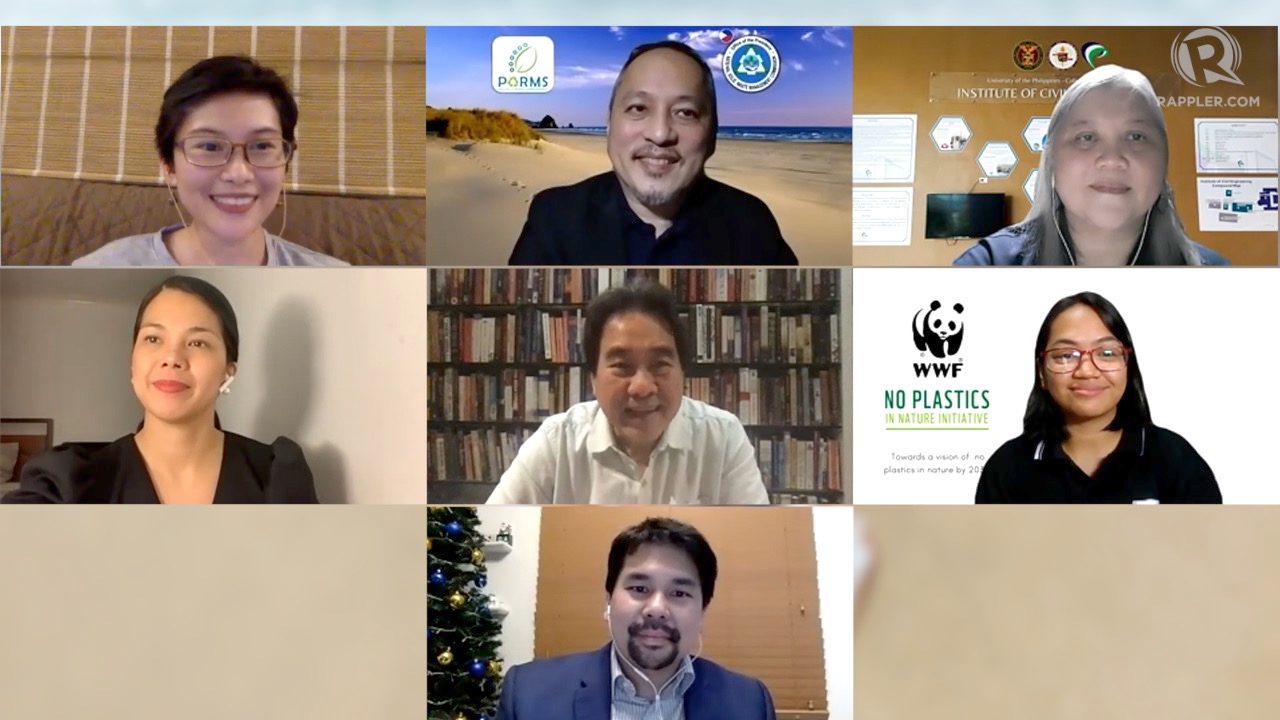
An estimated 11 million tons of plastic find its way into the the world’s oceans every year. Experts project this volume to reach 300 million tons by 2030 if countries, companies, and consumers retain a business as usual scenario. By 2050, this rate will quadruple if nothing is done.
Plastic has invaded people’s everyday lives, with most food, medicine, household supplies, toiletries packed in plastic. In the Philippines, of the 2,150 tons of plastic used and disposed of every year, only 9% are recycled.
Is there a way to contain the dire plastic situation by 2030?
In Rappler’s webinar organized with the World Wide Fund for Nature (WWF) Philippines last Friday, December 4, experts and advocates emphasized the need to address the plastic waste problem with long-term solutions.

Pushing for EPR
One of the long-term solutions discussed in the webinar is the legislation of the Extended Producer Responsibility (EPR) scheme.
Under a study released by WWF Philippines in 2020, the EPR is intended to hold companies and manufacturers responsible for the full life cycle of their products. By charging them for producing more plastics under the EPR, companies will be encouraged to make their packaging recyclable and to invest in recycling facilities and equipment.
The end goal is to close the “loop” of materials, where trash does not leak into the environment, and is reused, recycled, or composted.
Czarina Constantino, WWF Philippine’ No Plastic in Nature initiative national lead, said that the problem should be approached from production up until disposal.
Constantino said that since companies are not held liable for their trash and consumers operate on a “dump-collect” behavior, “we have to address the issue in its entire life cycle – from plastic production, to consumption, to waste management, and even up to the secondary markets.”
Consumer education
The concept of EPR is not new. Some countries, including Chile, France, Germany, Belgium, Taiwan, South Korea, and the Netherlands are implementing their versions of the EPR. Yet it is still a foreign and vague concept for some people.
“We can creatively convey the message to people,” said Gregorio Bueta, an environmental lawyer who has worked in waste management for almost a decade. Bueta said communicating information creatively regarding waste management and the plastic crisis will “make the crisis more real for people.”
He suggested presenting the information in the dialects of the different regions, as what other organizations have done before.
“We need consumer education,” added Tonette Tanchuling, the director of UP Institute of Civil Engineering. “With that, you can influence their attitude and make them realize the crisis that they are in.”
While making people aware of the consequences of their consumption is important, Tanchuling said that in the course of making long-term solutions, it is equally crucial to recognize the economic aspect that prompts this kind of consumption.
“We should continue working with those in the poverty levels because the plastic problem is also an economic problem,” she said.
Tanchuling is referring to the sachet culture of Filipinos. One measure that communities can pursue is to form a cooperative through which they can buy household necessities in bulk, instead of the individual purchase of items in plastic sachets. (READ: Sari-sari store conundrum: How can you help poor Filipinos reduce plastic waste?)
Bueta also drew the example of sari-sari stores before, when people could have their containers refilled with condiments such as vinegar or soy sauce. “We can go back to simpler times. Kung bibili ka ng tingi-tingii, hindi naman kailangan na it’s in a sachet.” (If you will buy piecemeal, it doesn’t have to mean it should automatically come in a plastic sachet.)
Convincing companies
Beyond these, a successful implementation of the EPR lies in the cooperation of big companies.
A quick survey of trash-filled seashores reveal plastic bottles, sachets, and containers from familiar brands. In a recent brand audit by volunteers around the world, Coca-Cola company emerged as the top plastic polluter for 2020.
There has been a clamor for companies to change their business models, and they seem to be listening. Jonah de Lumen-Pernia, Coca-Cola Philippines’ Public Affairs, Communications, and Sustainability Director, said “it is unacceptable to see their brands littered in oceans.”
She shared that the company is “holding ourselves accountable and taking responsibility for it [by] collecting and recycling [plastic waste].”
De Lumen-Pernia said the company is doing various initiatives to “collect every single bottle back, and to recycle it.” It is also investing in recycling facilities.
Coca-Cola, along with other big companies, banded together to form the Philippine Alliance for Recycling and Materials Sustainability (PARMS), and are targeting to make packaging recyclable by 2030.
Crispian Lao, the founding president of the alliance, said PARMS had provided a platform that can jumpstart a localized EPR that will work for the Philippines.
“We can now share experiences and find out how we can put this together and establish the system needed that will be mandated for all,” Lao said.
The plastic crisis calls for urgent solutions and bigger goals on the part of companies, governments, and consumers alike. – Rappler.com
Add a comment
How does this make you feel?
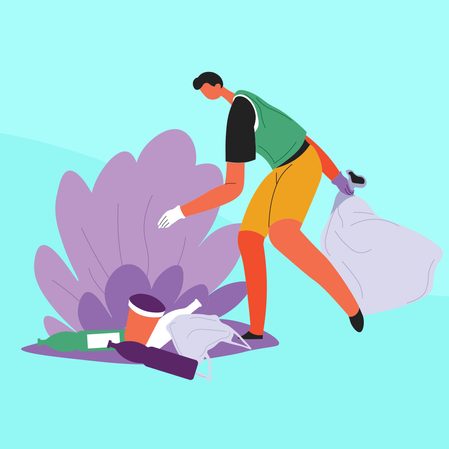
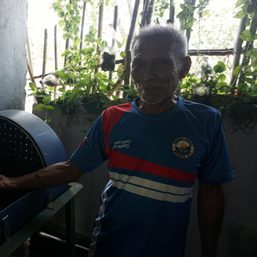
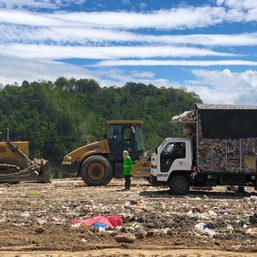
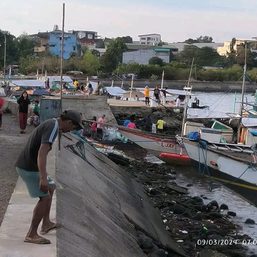
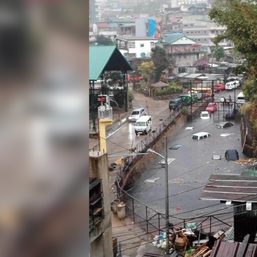
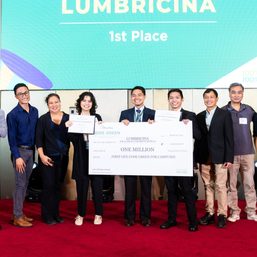
There are no comments yet. Add your comment to start the conversation.